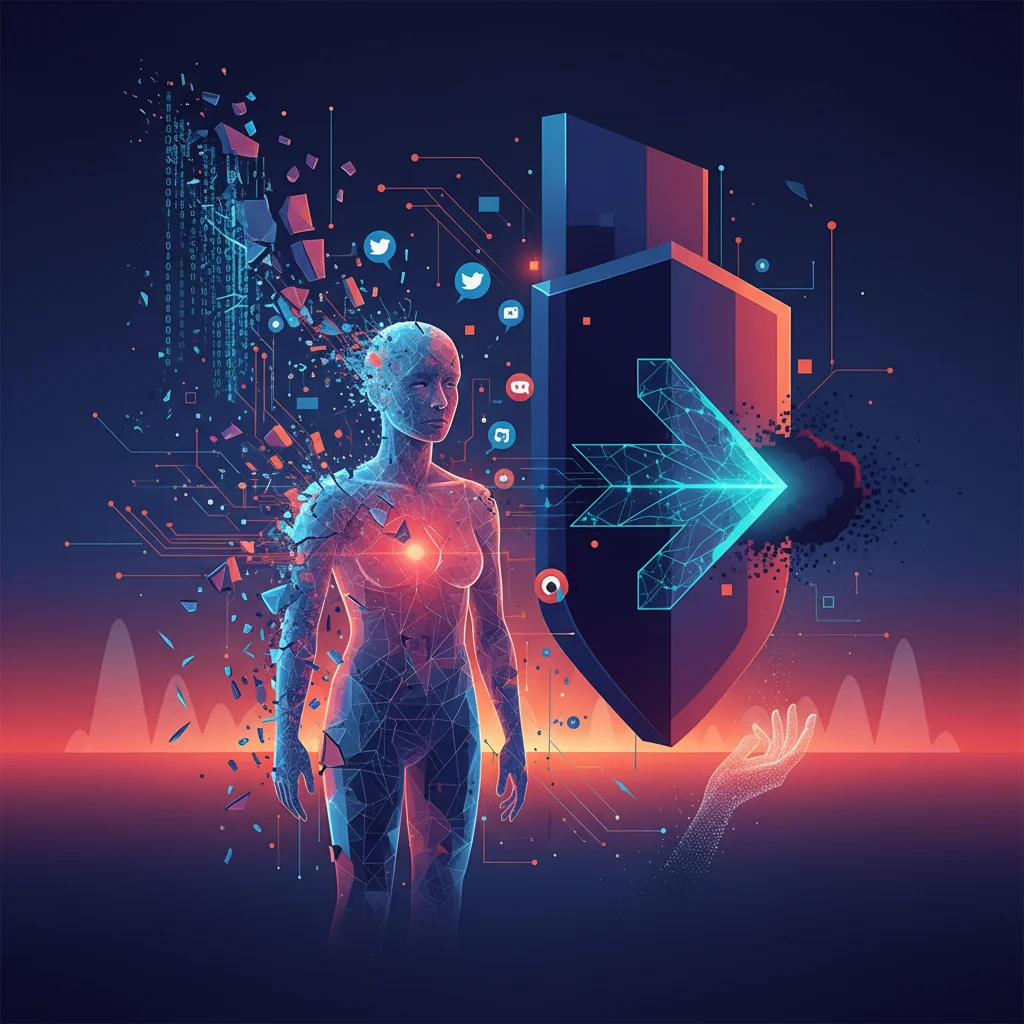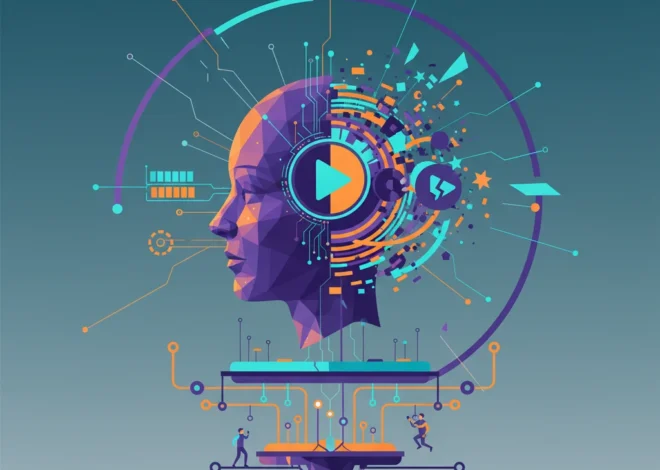
Beyond the Code: Tech’s Urgent Responsibility in the Face of Online Tragedy
A Digital Crisis with a Human Cost
It’s a headline that stops you in your tracks. Campaigners are demanding a public inquiry after reporting that at least 133 people in the UK have died after accessing information on online forums promoting a toxic substance. This isn’t a story about a distant, abstract problem. It’s a devastating reality fueled by the very platforms and technologies we build, use, and champion every day. For those of us in the tech world—developers, entrepreneurs, and innovators—this news must serve as more than just a tragic headline. It’s a profound call to action, forcing us to confront a difficult question: What is our role, and what is our responsibility, when the software we create becomes an accessory to harm?
The issue highlights a dark paradox of the internet. The same tools that foster global communities, support niche hobbies, and give voice to the marginalized can also be weaponized to create echo chambers of despair. Anonymity, a feature once hailed as a cornerstone of free expression, can become a shield for malicious actors. The global reach of cloud infrastructure, which empowers startups to scale overnight, also allows harmful content to cross borders faster than legislation can keep up. This isn’t a failure of a single platform, but a systemic challenge that cuts to the core of our industry’s ethos. It’s a problem that requires not just better policies, but better engineering, smarter software, and a radical shift in how we think about safety and design.
The Anatomy of an Online Threat: A Tech Perspective
To understand how to fight this, we first need to dissect the problem from a technical standpoint. These harmful forums don’t exist in a vacuum. They are built on a stack of technologies that are, in themselves, neutral. The challenge lies in their application.
- Infrastructure as a Service (IaaS): These websites are hosted on servers, often part of massive cloud computing platforms. The sheer scale and automated provisioning of these services make it difficult to police every single customer.
- Software and Content Management Systems (CMS): The forum software itself, whether custom-coded or an off-the-shelf solution, is designed for engagement and community building. Its core features—user profiles, private messaging, and content threads—are easily co-opted for nefarious purposes.
- The Scale Dilemma: A popular forum can generate thousands of posts per day. Manual moderation is an impossible task. This is where the conversation inevitably turns to automation and artificial intelligence, the only viable tools to manage content at the scale of the modern internet.
For years, the primary approach to content moderation has been reactive. A post is flagged, a human reviews it, and a decision is made. But when harm is being actively promoted, a reactive stance is a losing battle. The damage is already done. The industry’s next great challenge is to build proactive, intelligent systems that can identify and neutralize these threats before they claim another life. This is where the fields of AI and machine learning move from being business optimization tools to becoming essential services for human preservation.
From Logistics to Lending: How AI is Unlocking Africa's Trillion-Dollar SME Market
AI on the Front Lines: The Promise and Peril of Automated Moderation
The call for a government inquiry in the UK underscores a painful truth: our current methods are not enough. The future of online safety rests heavily on the shoulders of artificial intelligence. Sophisticated machine learning models are being trained to detect not just specific keywords, but also the context, sentiment, and intent behind the language used. This is a monumental leap from simple word filters, which are easily circumvented with coded language and euphemisms.
However, AI is not a silver bullet. It’s a complex tool with its own set of limitations. An algorithm trained to spot explicit calls for self-harm might miss a post that offers subtle, dangerous encouragement. It might misinterpret a cry for help as a violation, or vice versa. This is the nuanced, high-stakes reality of programming for human safety. The difference between a well-calibrated model and a poorly trained one can be, quite literally, a matter of life and death.
To better understand this, let’s compare the traditional approach to moderation with the emerging AI-driven model.
| Feature | Traditional Human Moderation | AI-Powered Moderation |
|---|---|---|
| Scalability | Extremely limited; linear relationship between content volume and personnel required. | Highly scalable; can process millions of posts in real-time across a global cloud infrastructure. |
| Speed | Slow and reactive; often a significant delay between posting and review. | Instantaneous; automation allows for proactive flagging and removal in seconds. |
| Consistency | Prone to human error, bias, and subjective interpretation. | Highly consistent based on its training data and rules, but can systematically repeat biases if not carefully managed. |
| Nuance & Context | High; humans excel at understanding sarcasm, cultural context, and intent (when trained). | A significant challenge; machine learning models struggle with evolving slang, coded language, and complex human emotions. |
| Well-being | Exposes human moderators to vast amounts of traumatic content, leading to severe mental health issues. | Acts as a first line of defense, shielding human teams from the most toxic material. |
As the table shows, the path forward is a hybrid one. The future of trust and safety is not about replacing humans, but about augmenting them. We need to build software that uses AI to handle the immense scale of the problem, flagging the most dangerous content and prioritizing it for expert human review. This is where the next wave of innovation in the tech sector must focus.
A Call to Action for the Builders and Dreamers
This issue cannot be left to policymakers and platform giants alone. Every single person in the tech ecosystem has a role to play, from the intern writing their first line of code to the founder pitching their next big idea.
For Developers & Engineers: We must champion “Safety by Design.” This means thinking about potential misuse and abuse from the very first stages of product development, not as an afterthought. Ethical considerations should be as integral to the programming process as unit testing and performance optimization. We should ask ourselves not only “Can we build this feature?” but “How could this feature be used to harm someone?”
For Cybersecurity Professionals: It’s time to expand our definition of a “threat.” A vulnerable user being targeted by malicious content is a security failure, just as a server being hit by a DDoS attack is. The principles of threat modeling, risk mitigation, and proactive defense that are the bedrock of cybersecurity are directly applicable to protecting users from psychological and physical harm. We need to apply the same rigor to user safety as we do to data security.
The Price of 'Free': Why Meta's Italian Lawsuit is a Wake-Up Call for the AI-Powered World
For Entrepreneurs & Startups: This is your call. The demand for innovative safety solutions is exploding. There are immense opportunities to build next-generation SaaS platforms that help companies of all sizes manage their communities responsibly. This could be advanced AI for detecting nuanced harm, tools for verifying user age and identity without compromising privacy, or platforms that connect at-risk users with immediate help. The next tech unicorn might not be a social media app, but the company that makes social media safe.
Beyond Technology: A Holistic Solution
While technology is a critical part of the solution, it cannot solve this problem in isolation. The call from bereaved families for a government inquiry is a crucial piece of the puzzle. We need:
- Clearer Regulation: Thoughtful, tech-informed legislation that holds platforms accountable without stifling innovation.
- Cross-Industry Collaboration: Tech companies, mental health organizations, and law enforcement must work together, sharing data and best practices to identify and combat these threats. According to the BBC, campaigners are urging for this kind of multi-faceted approach (source).
- Public Education: Greater awareness about the dangers of these online spaces and better access to mental health resources for those who are struggling.
The Chip War Just Got Real: Why the Netherlands Seized a Chinese-Owned Tech Firm
The tech industry has changed the world. We’ve connected billions of people, created trillions of dollars in value, and solved problems that were once thought unsolvable. But with that power comes immense responsibility. The existence of forums that lead to such tragic outcomes is a bug in our collective system. It’s time for the brightest minds in software, AI, and cybersecurity to step up and help debug our digital world. It’s not just about writing better code; it’s about building a better, safer future.


